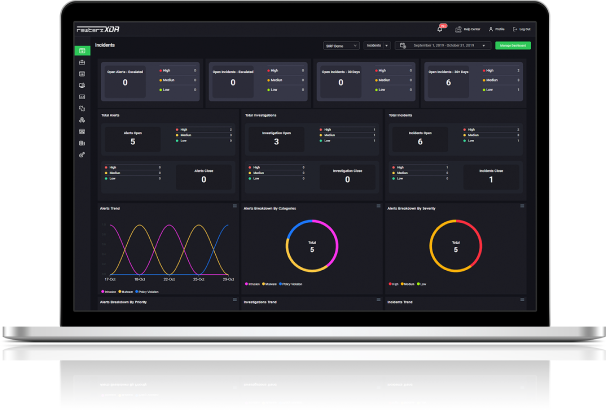

Rewterz Threat Alert – New Linux Locker by Monti Ransomware Targets VMware ESXi Servers – Active IOCs
August 17, 2023
Rewterz Threat Advisory – CVE-2023-40272 – Apache Airflow Spark Provider Vulnerability
August 18, 2023
Rewterz Threat Alert – New Linux Locker by Monti Ransomware Targets VMware ESXi Servers – Active IOCs
August 17, 2023
Rewterz Threat Advisory – CVE-2023-40272 – Apache Airflow Spark Provider Vulnerability
August 18, 2023Severity
Medium
Analysis Summary
Snake is a modular .NET keylogger that was first spotted in late November 2020. Snake malware’s main feature is keylogging, but it also has additional capabilities such as taking screenshots and extracting data from the clipboard. Snake can also extract and exfiltrate data from browsers and email clients. The Snake Keylogger malware is typically delivered to target systems via malicious email attachments, infected software downloads, or drive-by downloads. Once installed on a system, the malware operates in the background and collects information as the user interacts with their computer. The collected data is then transmitted to the attacker, allowing them to access sensitive information.
Snake’s name was derived from strings found in its log files and string obfuscation code. Using the malware’s builder, a threat actor can select and configure desired features and then generate new payloads. For this reason, the capabilities of samples found in the wild can vary.
To protect against snake keyloggers, it is important to use antivirus software and keep it up to date. It is also important to be cautious when opening email attachments or downloading software from unknown sources. Additionally, using strong and unique passwords for all accounts can make it more difficult for a keylogger to obtain sensitive information.
Impact
- Credential Theft
Indicators of Compromise
MD5
- 4c5d8f7644004e3a507dd7da7a18f574
- b89bf4cdbece8366765f8da8519a9e90
- 7571d8cdb7195cfbab921d0ac4227d9e
- f9583365310c9700b74d38295b090e44
- a90c6e3eaed8cc4c94f550c1c7b529b0
- 0e2c087237d7f6a7a0fd9e16f8323e5c
- eeaf1ba6942af442482e1ebcad0e1673
SHA-256
- 8244ed884058c24c49955bbe4a8bf1b463491242e3b5a3e5dd0d4b893fa81be3
- a3d4d0bb2ecaa41c14f3a779d8f128334eb569d8eead54b75f8b45e0457d8ce3
- 1735fbf020cdb5289ef74b6c8b079946dcd99991c3d5e8ef973ebbce2cc5cca2
- 4431552eb37f8003df4c66bd640a4951c10317aadb858b42d174f461909b4fb7
- fbde150ed1511eaf87ff2ef7c8ac5f9cf9dedce7953af526ef8622a4ef73971a
- 13de51cacde4de6b1046e4e5c97526aafc09844335e21c4222d9bad5c9822e8c
- 45a3e50d6aa0b1ef6a53d9859056f19c0d1e247986032a976d0b2f2b2a4ddd9b
SHA-1
- faeb5cf20d759029af9690a2a26e842978ad55ce
- 9f4923defffb275b49915f6b517f6aa2dbad78aa
- dfd7fdbd37fcb58e8c19b585171704ff06c85b54
- fac66eb32ef247669fbb1c9b1b9bceac5663493f
- 3cd72d872546c17d2274da18ab00b3db75442621
- 16fb1a0c3f07a6d5d693a0d8bfcd5fd6f284bf65
- 31aa06cdf56d2f7bd3415d6368a65a0fa754ee1d
Remediation
- Block all threat indicators at your respective controls.
- Search for Indicators of compromise (IOCs) in your environment utilizing your respective security controls
- Emails from unknown senders should always be treated with caution.
- Never trust or open ” links and attachments received from unknown sources/senders.
- Passwords – Ensure that general security policies are employed including: implementing strong passwords, correct configurations, and proper administration security policies.
- Admin Access – limit access to administrative accounts and portals to only relevant personnel and make sure they are not publicly accessible.
- Patch and upgrade any platforms and software timely and make it into a standard security policy. Prioritize patching known exploited vulnerabilities and zero-days.
- Enable antivirus and anti-malware software and update signature definitions in a timely manner. Using multi-layered protection is necessary to secure vulnerable assets.








